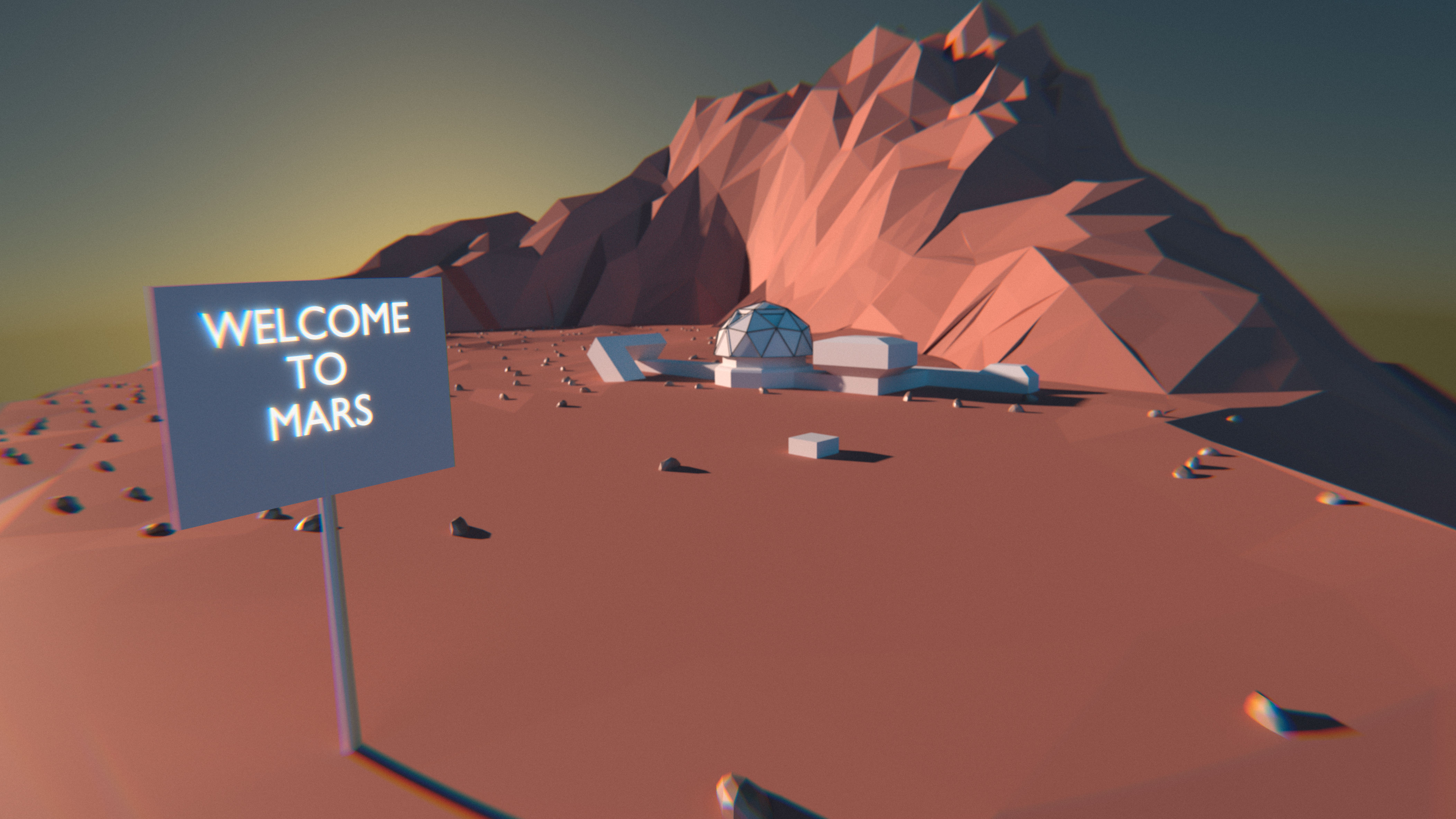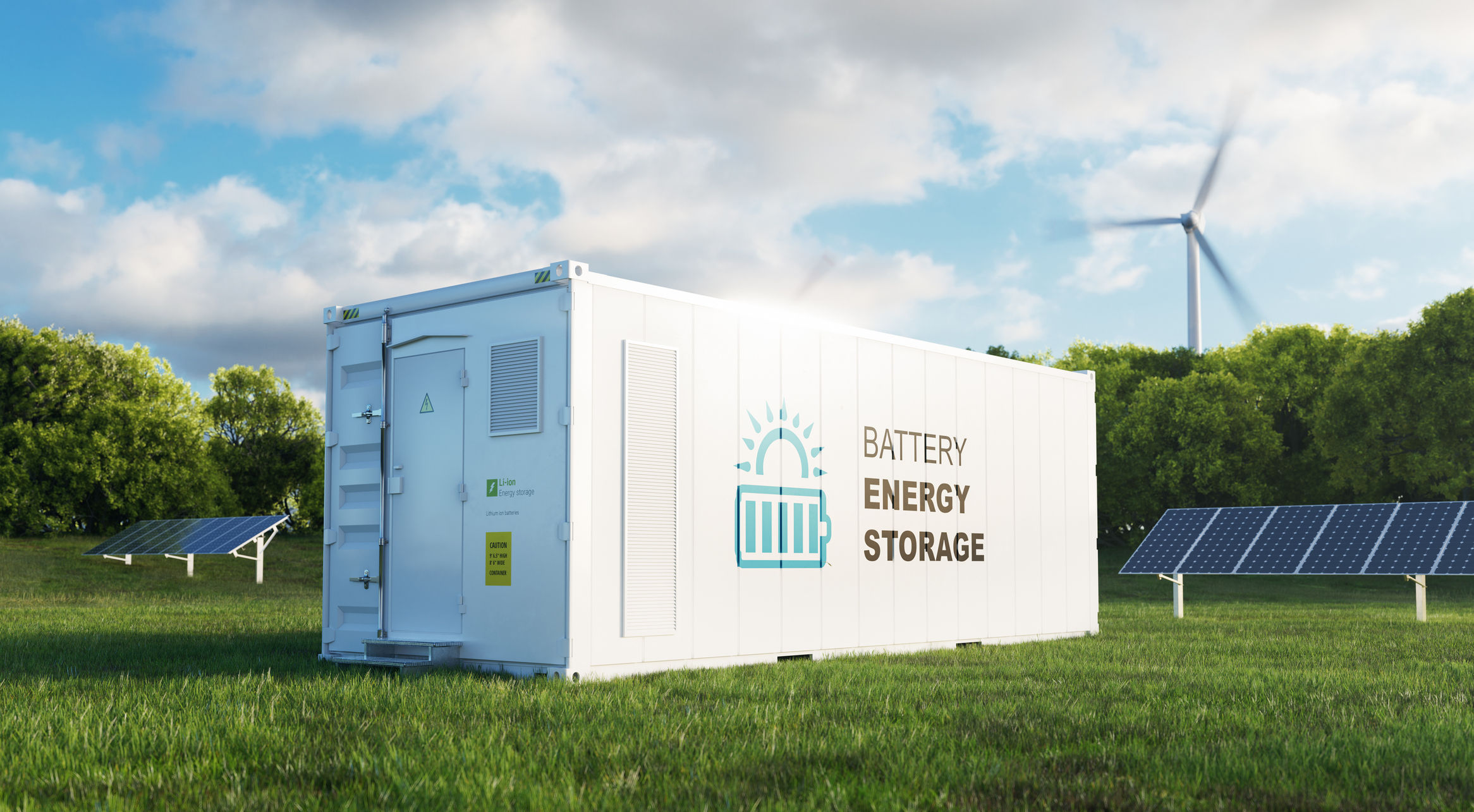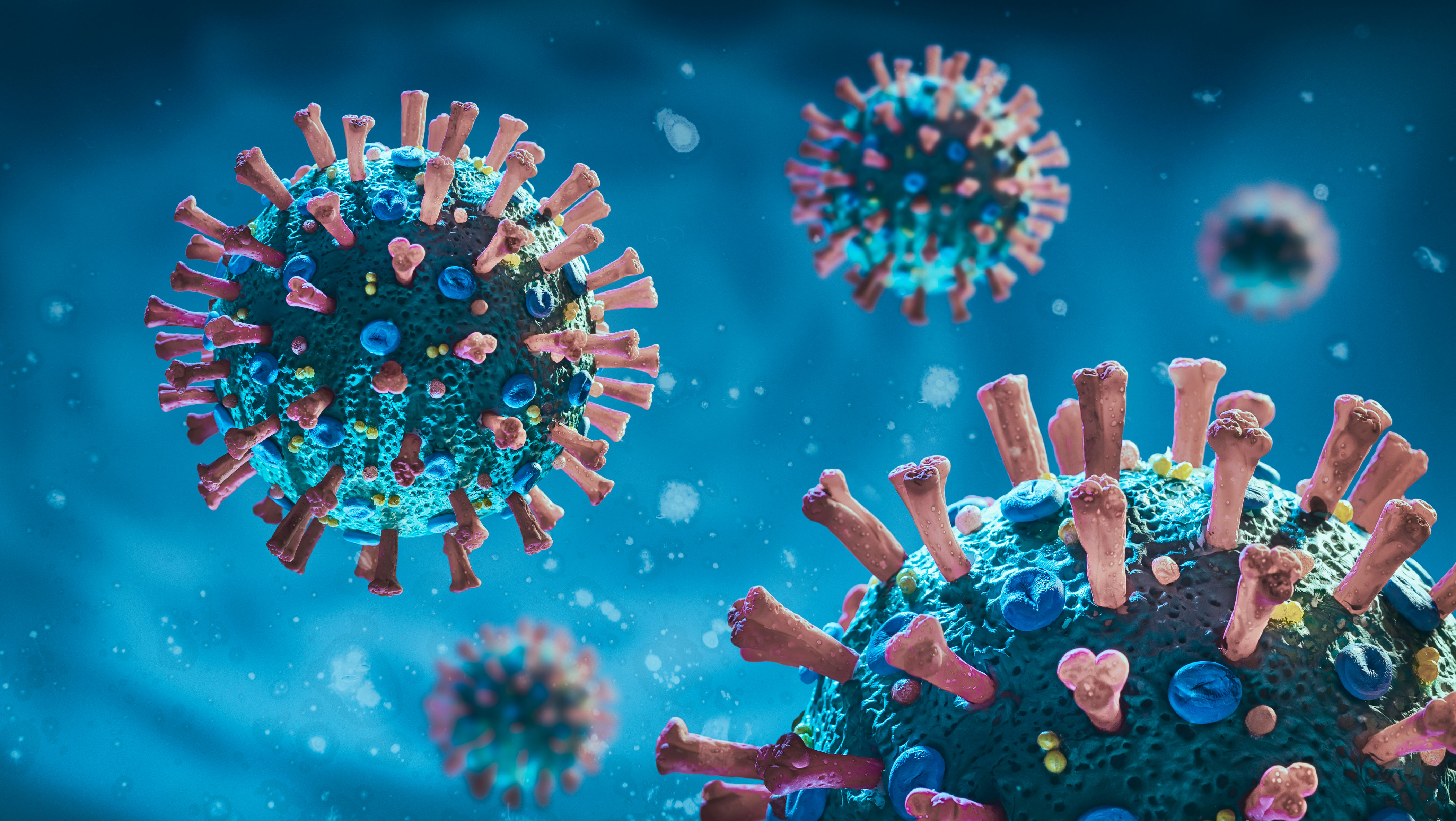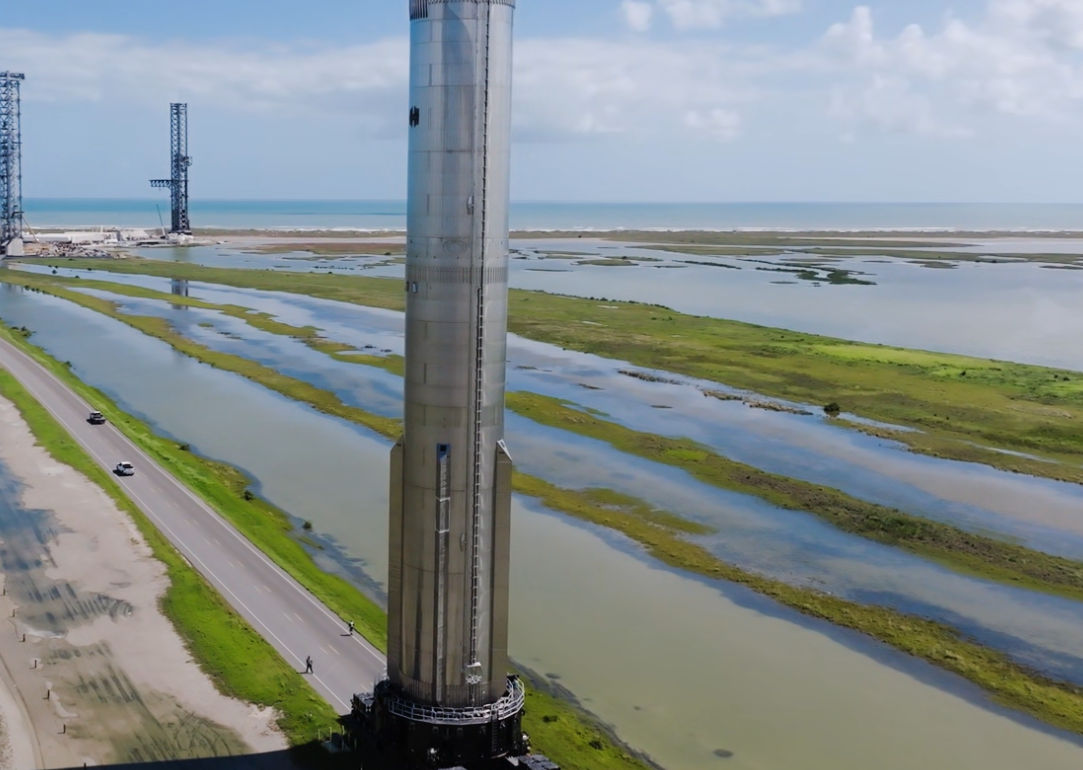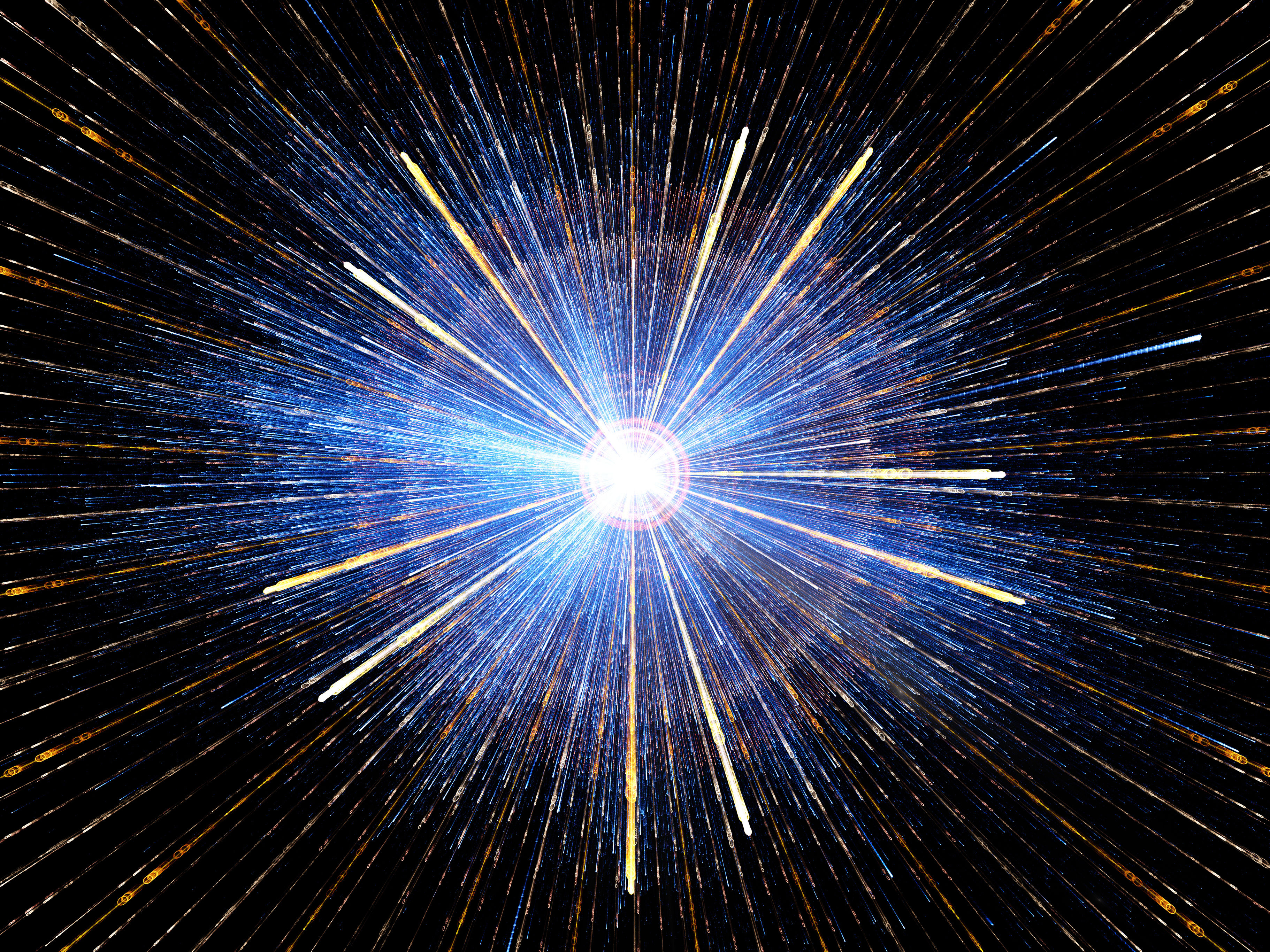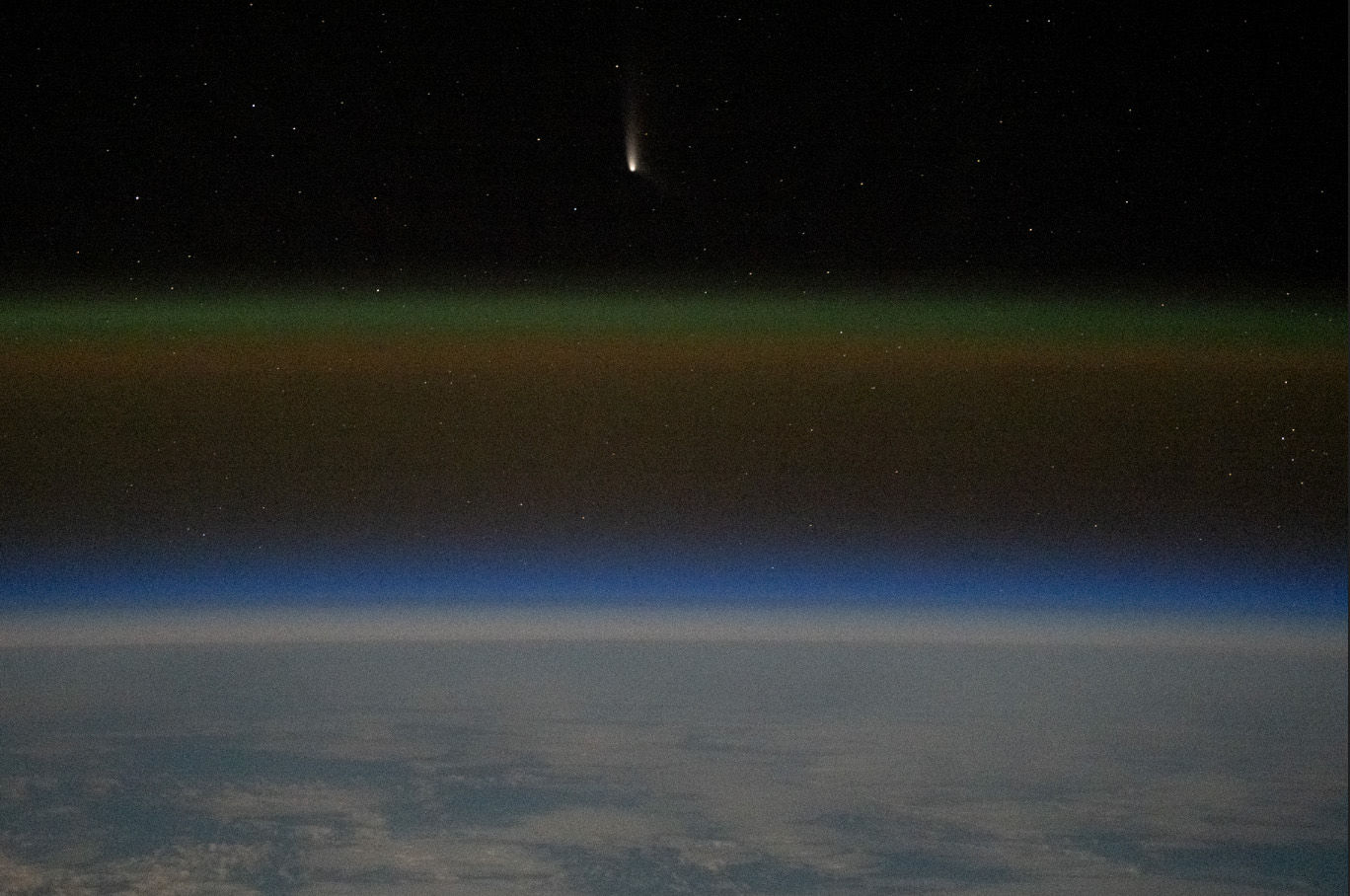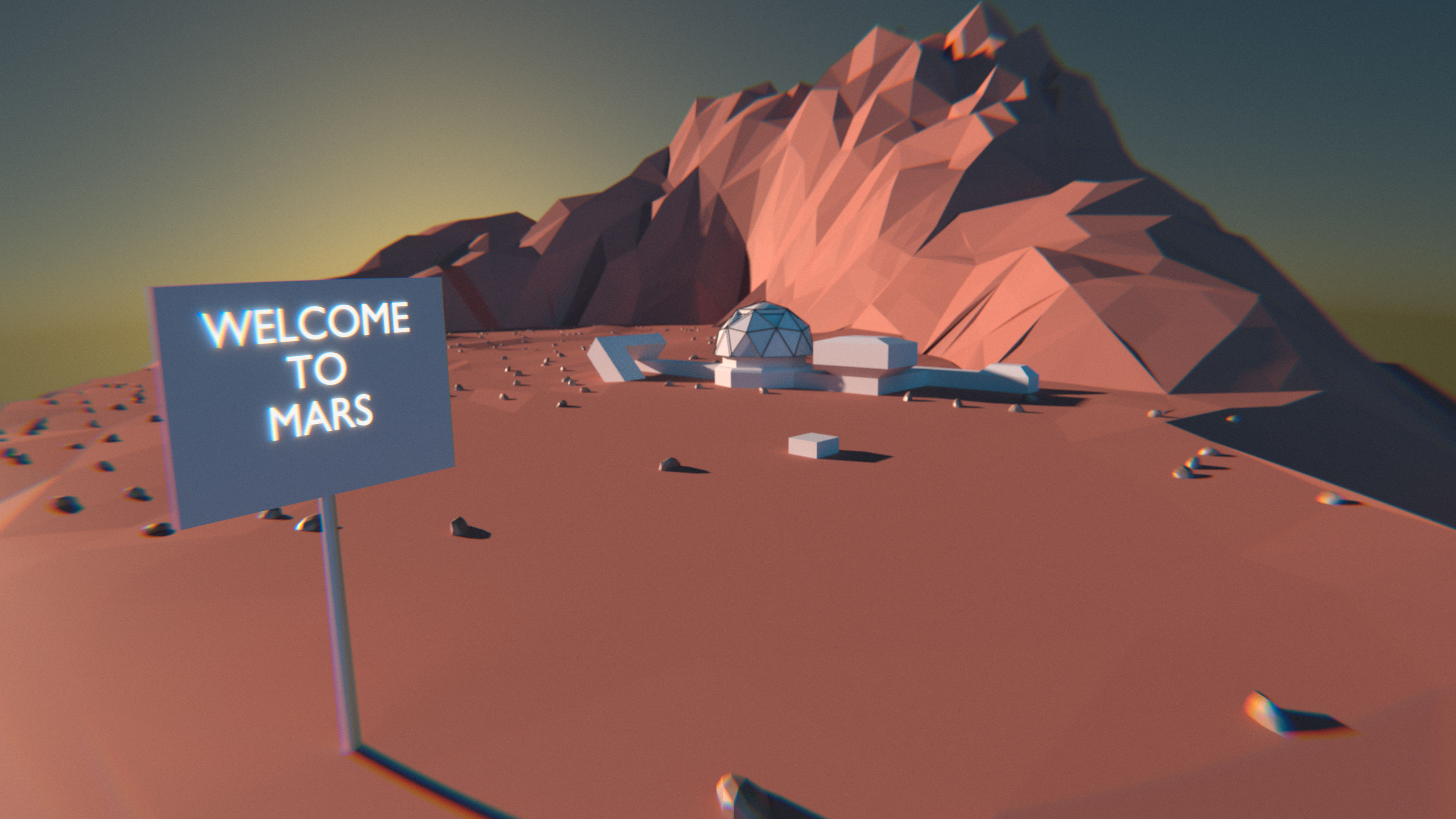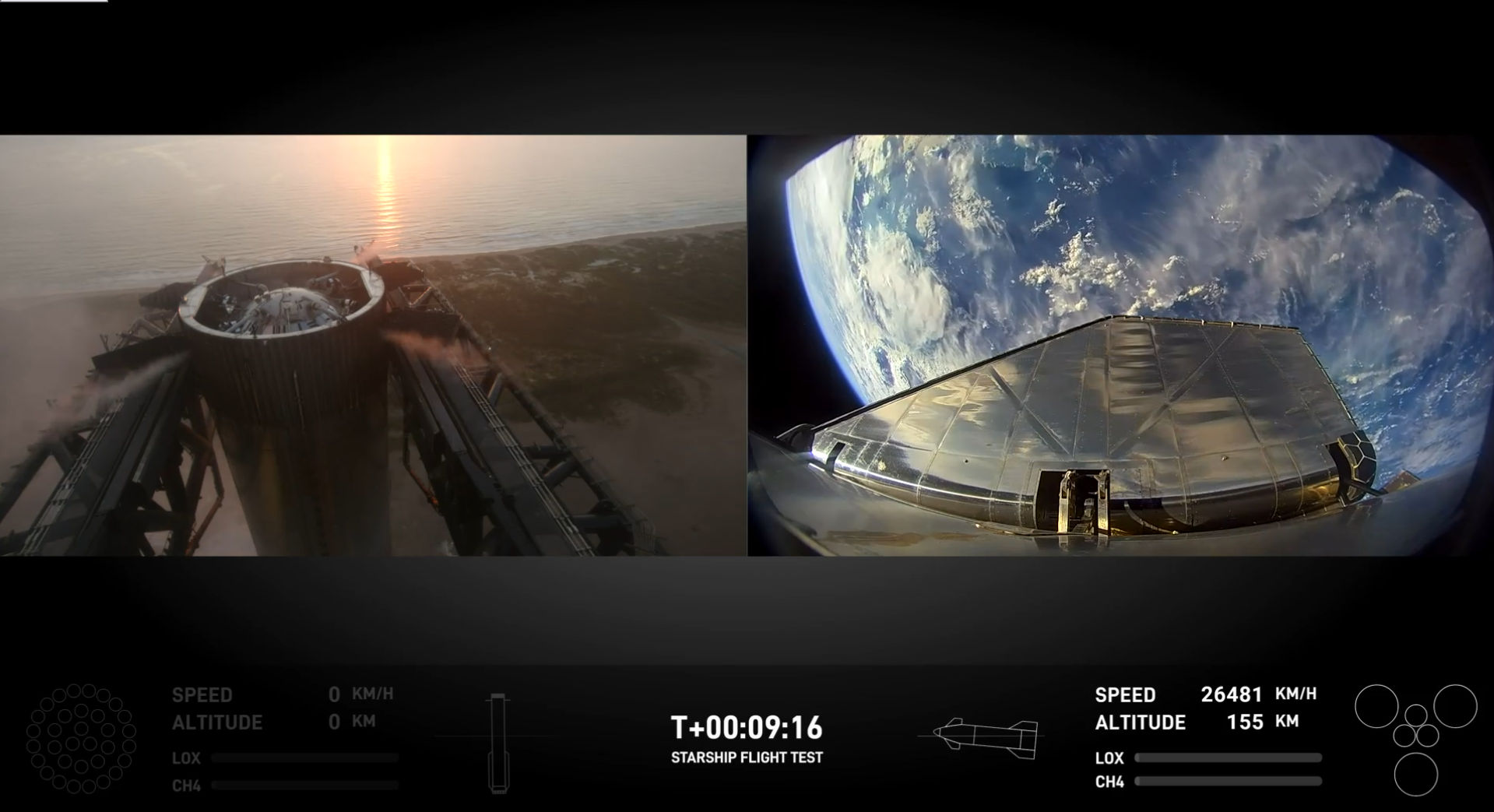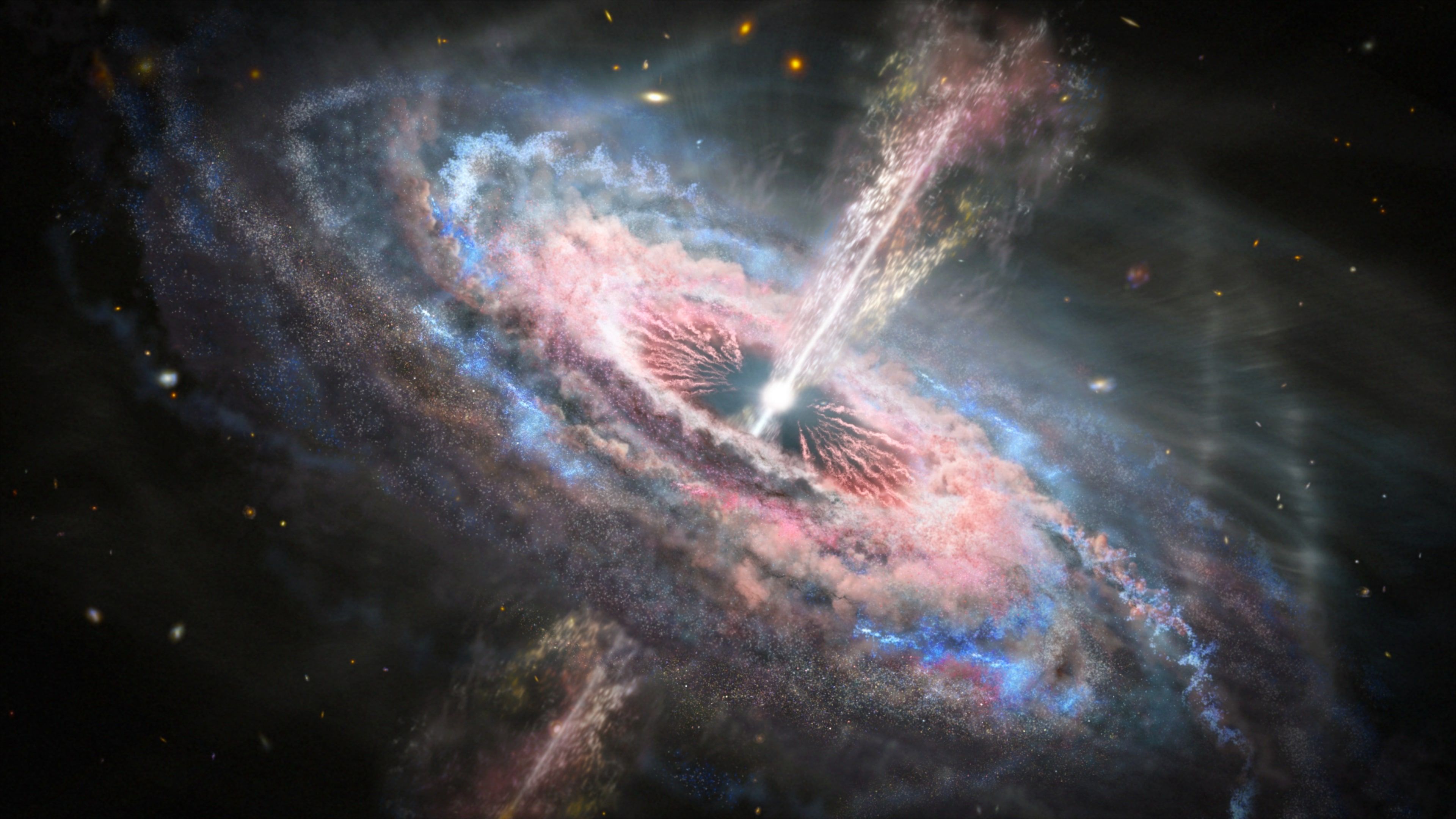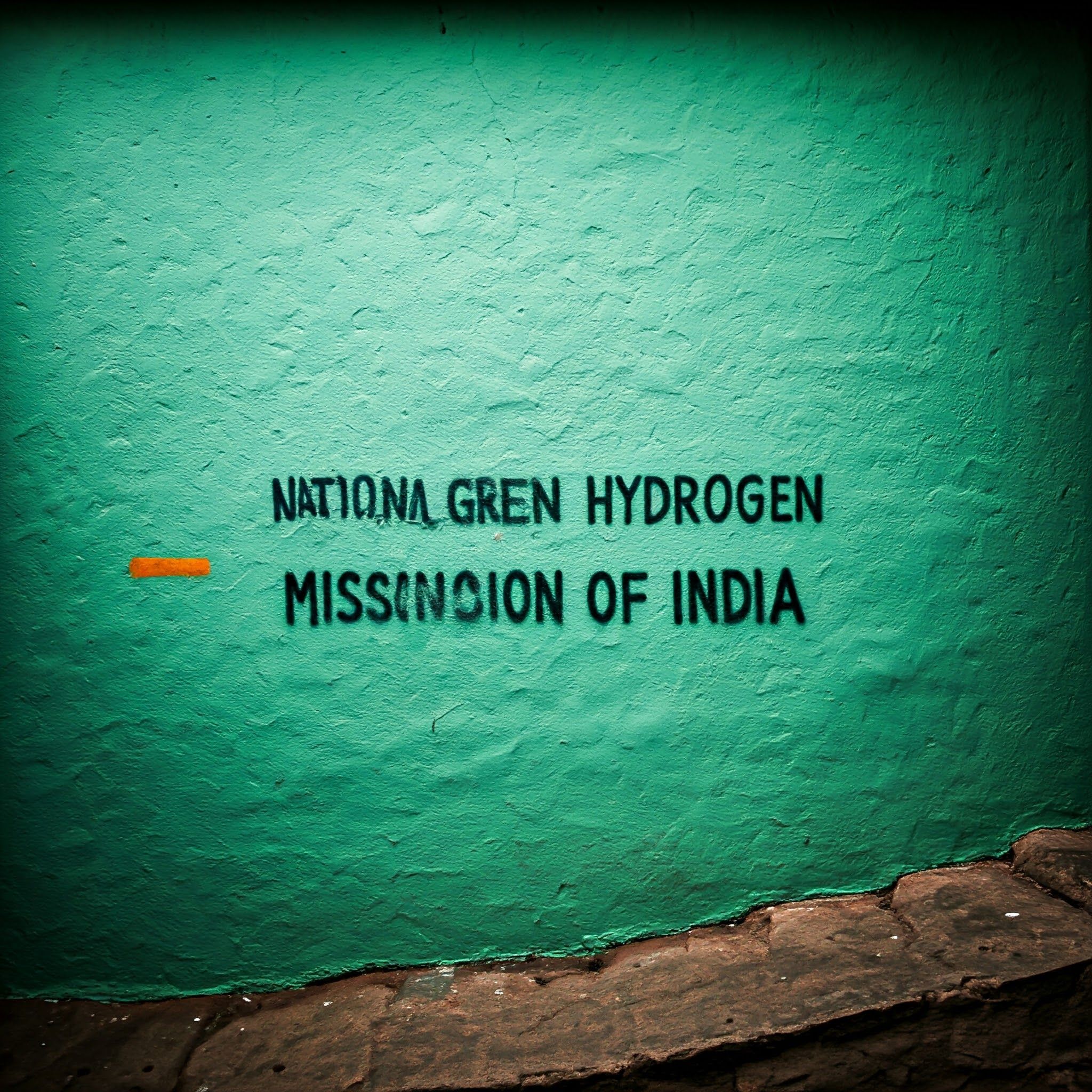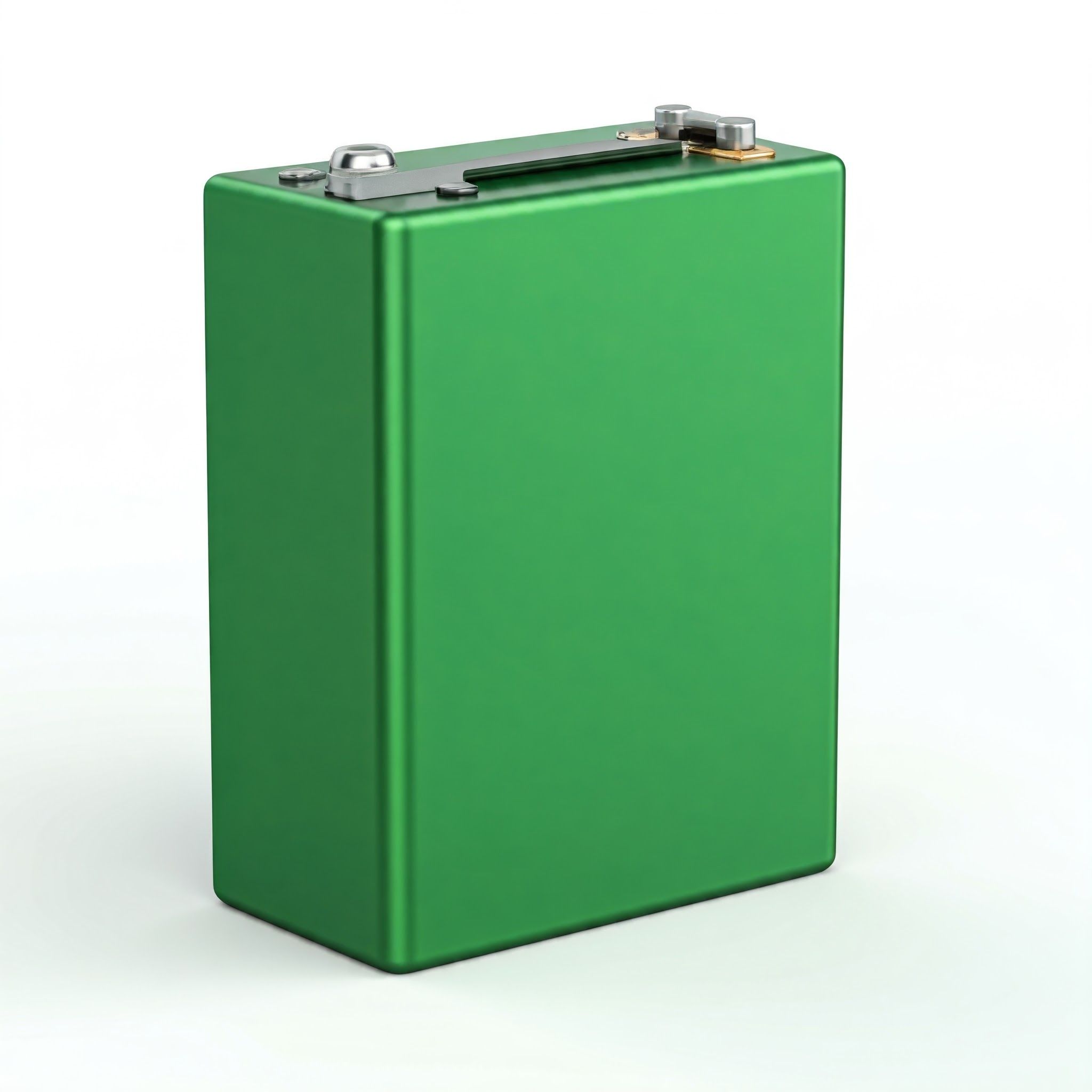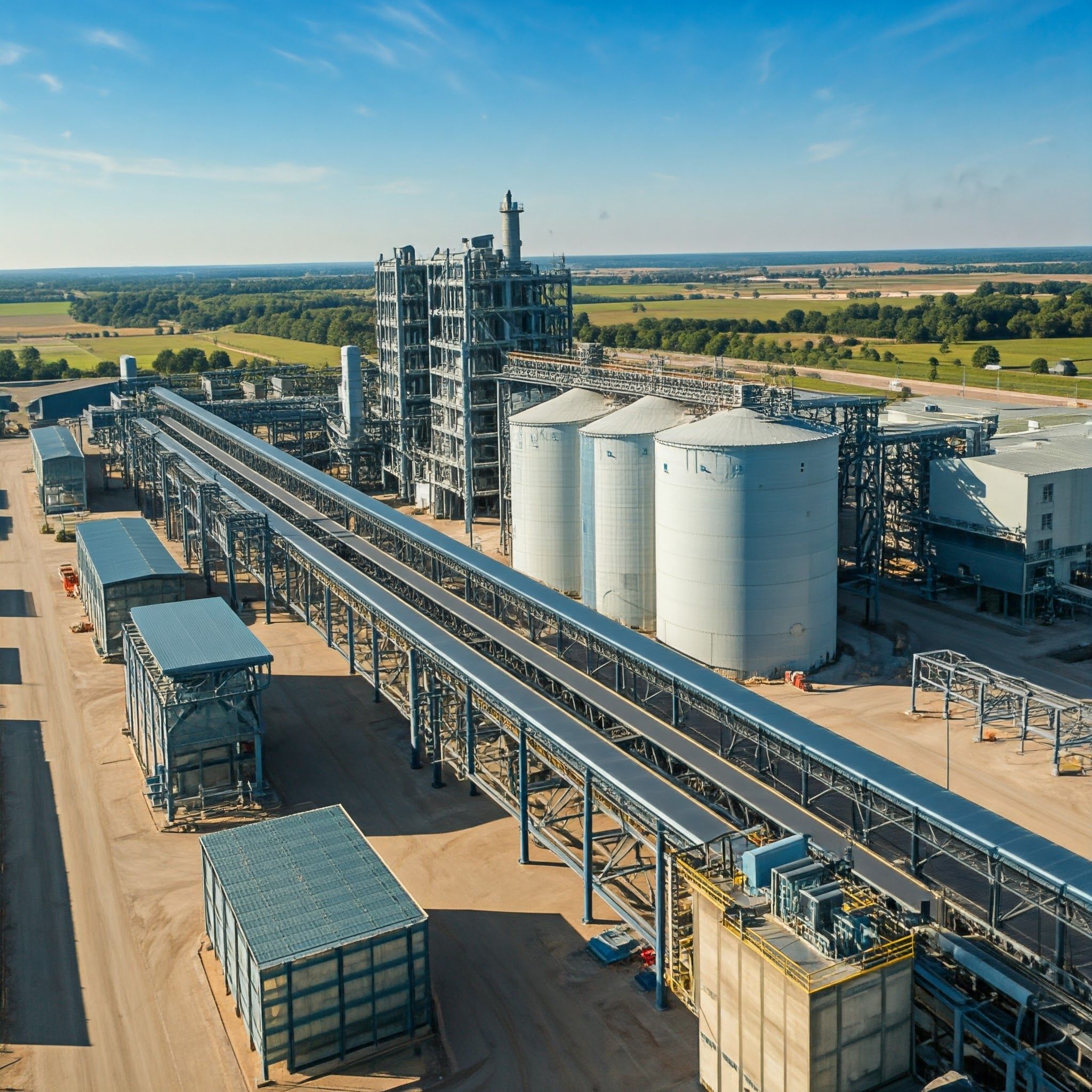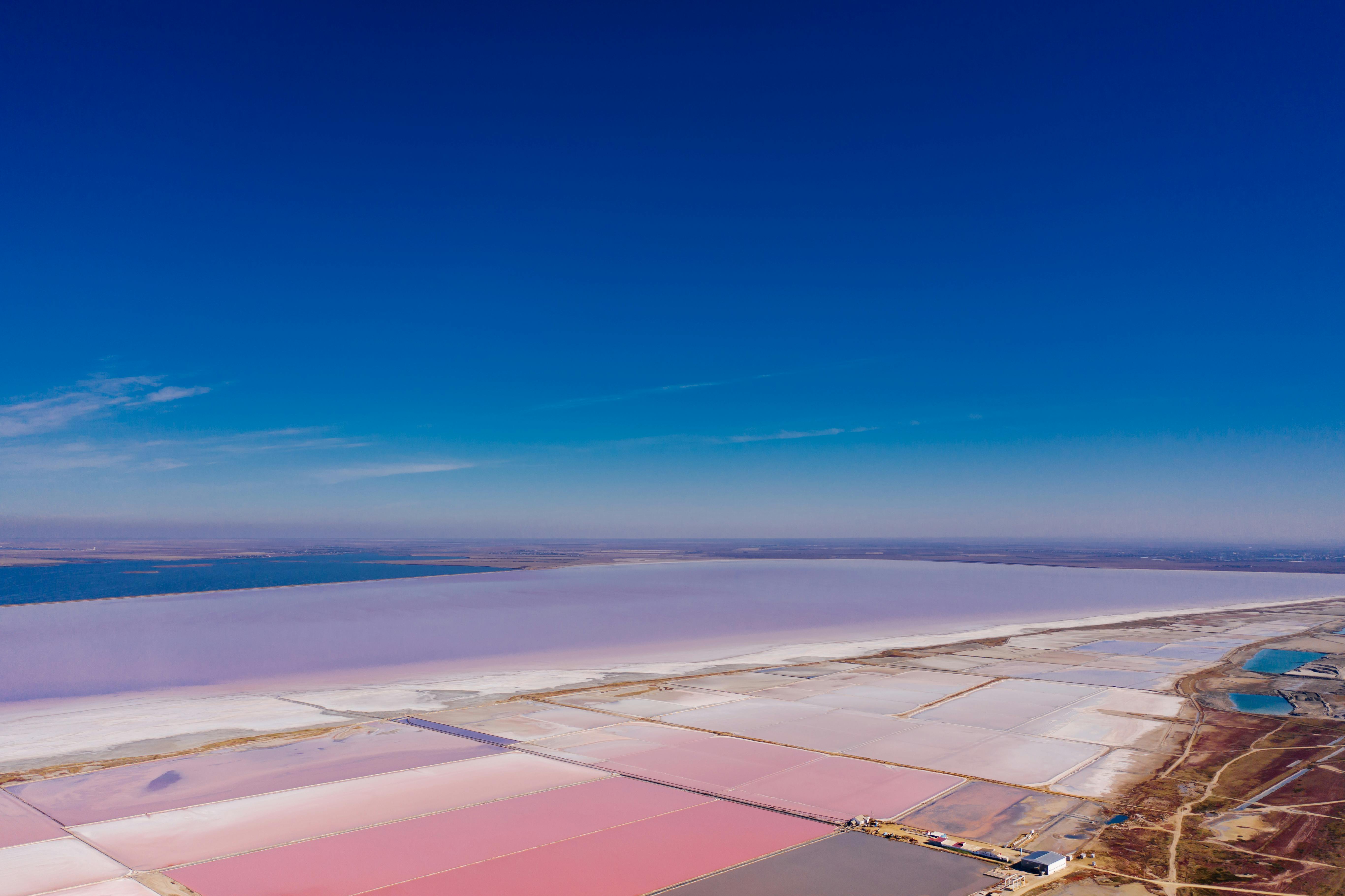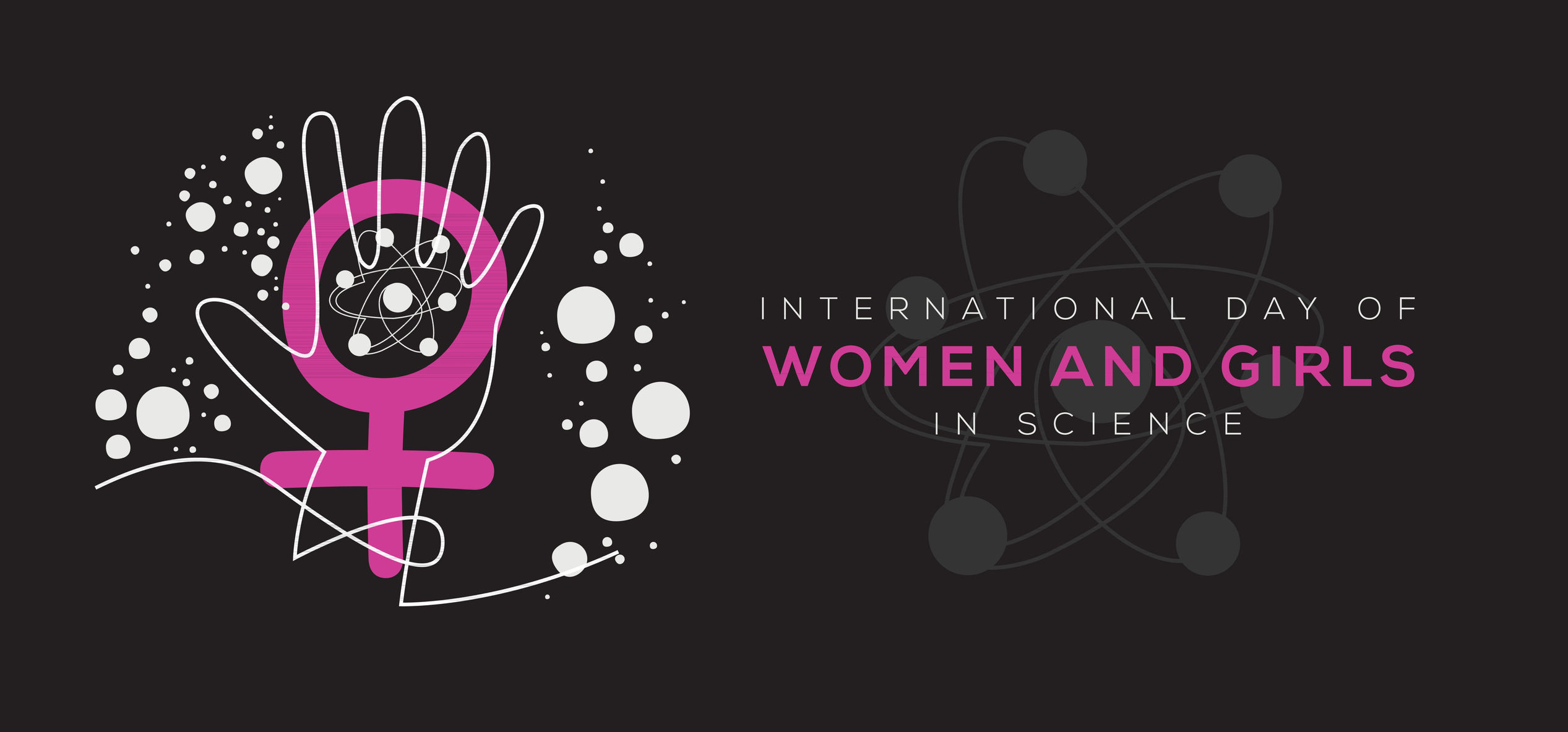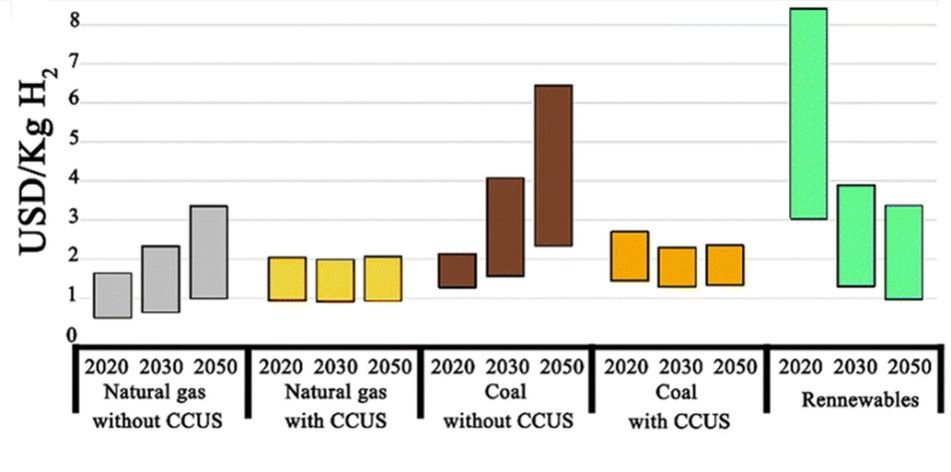CALTECH Researchers discover Potential Habitats for Life in Martian Ice
CALTECH Researchers discover Potential Habitats for Life in Martian Ice
Visualized Image Credits: Istock: Nzoka John
Researchers from CALTECH, University of Washington, University of Arizona, University of Boulder, and NASA together recently found the Potential Habitats for Life on Mars. Organisms dwelling in ice layers on Earth have evolved to utilize sunlight as an energy source, with the ice serving as a natural barrier against detrimental ultraviolet (UV) radiation. Mars poses a distinct difficulty for life owing to its absence of an ozone layer, leading to elevated quantities of UV radiation reaching its surface. Nonetheless, increasing research suggests that some depths within Martian ice may potentially provide livable circumstances by shielding life from severe UV radiation. Their radiative models suggest that ice in the Martian mid-latitudes, particularly in regions with minimal dust accumulation, may harbor locations where liquid water might sporadically occur. These areas are particularly compelling for astrobiology, as they provide prospective settings where life may not only endure but possibly flourish. Investigating these ice-covered ecosystems might be crucial in the quest for extraterrestrial life, paving the way for forthcoming Mars research missions. These findings highlight the necessity of directing study towards Martian ice deposits, as they may provide insights on the durability and adaptability of life on the Red Planet. The total amount of dust in Martian ice influences how deep sunlight can reach, which affects the possibility of life below the surface. Even trace quantities of dust can drastically diminish the penetrating depth of solar energy. For example, a 0.1% dust concentration reduces the reach of photosynthetically active radiation (PAR) to about 5.5 cms below the surface, whereas ultraviolet (UV) radiation penetration is reduced to roughly 2 cms in ice with the same dust concentration.Effects of Dust on Light Absorption and Radiation
Martian dust does more than merely obstruct sunlight; it also affects how light is absorbed and dispersed. The spectral distribution of light within the ice varies, especially in the UV region. Dust is most absorptive between 0.2 and 0.4 micrometers, resulting in a 25-fold decrease in UV radiation compared to pure ice. This absorption has a significant impact on the depths at which radiative habitability is achievable.
Visualized Image Credits: Istock: Polina Shuvaeva
Shallower Radiatively Habitable Zones and More Dust
As dust concentration increases, the depth of radiatively habitable zones decreases. For example, ice with 1% dust concentration yields habitable zones ranging from 2 to 6 millimeters at the lower limit of PAR. Lower dust levels, such as 0.1%, provide larger livable zones. Dust's wavelength-dependent absorption qualities cause even a little increase (0.01%) to shift the deepest penetration to longer wavelengths, about 0.7 micrometers.
Modeling the Impact of Martian Dust on HabitabilityThe models used to anticipate these circumstances take into consideration the spectrum diversity in the absorption properties of water ice, as well as the considerable absorption by Martian dust. This demonstrates that Martian dust absorbs light considerably more efficiently than ice alone, lowering the ice's albedo and solar radiation penetration depth.
Eventually, increasing dust concentration in Martian ice brings possible habitable zones closer to the surface, but it also makes them smaller. When the highest limit for PAR is considered, no habitable zones remain, emphasizing the difficulty dust presents to the existence of possible life on Martian ice. Understanding these processes is critical for directing future expeditions searching for life on Mars.
References & Further Reading
Khuller, A.R., Warren, S.G., Christensen, P.R. and Clow, G.D., 2024. Potential for photosynthesis on Mars within snow and ice. Communications Earth & Environment, 5(1), p.583. https://doi.org/10.1038/s43247-024-01730-

